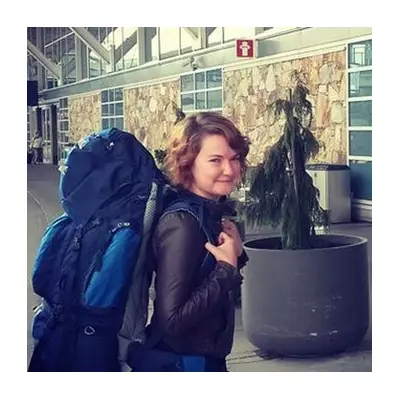
Deep in the arid mountains of California's Inyo National Forest stands a gnarled and twisted sentinel of time - a bristlecone pine tree that has witnessed nearly five millennia of Earth's history. This ancient arboreal wonder, affectionately named 'Methuselah', is believed to be the oldest known non-clonal living organism on our planet at an astonishing 4,855 years old.
A Living Relic of Antiquity
Scientists estimate Methuselah germinated around 2832 BCE, making it older than the Egyptian pyramids and contemporaneous with Stonehenge's earliest constructions. The tree's exact location is kept secret by the U.S. Forest Service to protect it from vandalism, though it's known to grow in the Methuselah Grove within the Ancient Bristlecone Pine Forest.
Nature's Ultimate Survivor
What makes Methuselah's longevity even more remarkable is its harsh alpine environment at nearly 10,000 feet elevation. The tree has endured:
- Extreme temperature fluctuations
- Scarce water availability
- High winds and punishing storms
- Poor soil conditions
Bristlecone pines have evolved extraordinary survival strategies, including the ability to let portions of the tree die back during difficult periods while maintaining just enough living tissue to sustain life.
Scientific Treasure
Dendrochronologists (tree-ring dating scientists) consider Methuselah and its bristlecone pine relatives invaluable for:
- Creating the longest continuous tree-ring chronology
- Providing climate data spanning thousands of years
- Helping calibrate radiocarbon dating techniques
The tree's growth rings contain an environmental archive that helps researchers understand historical climate patterns and validate other dating methods.
Ongoing Protection Efforts
While visitors can explore the Ancient Bristlecone Pine Forest, officials maintain strict protections:
- No touching or damaging the ancient trees
- Stay on designated trails
- No collection of wood samples
- Photography only from approved distances
These measures ensure future generations can continue studying and appreciating these living monuments to Earth's deep history.





